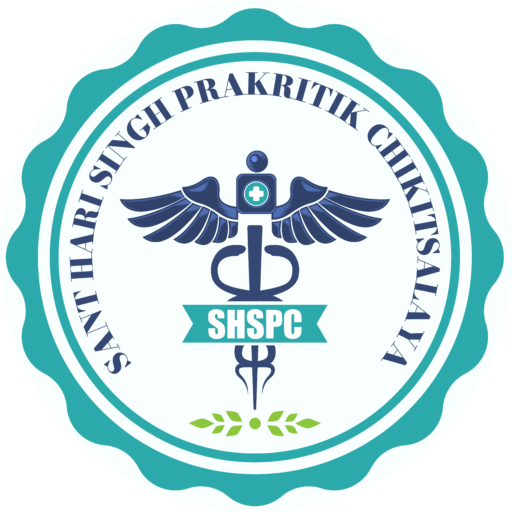
If you’re managing high blood pressure, your diet plays a crucial role in keeping it in check. Certain foods can help lower blood pressure naturally, while others can raise it and increase your risk of heart disease and stroke. Understanding which foods to eat—and which to avoid—can help you make smart choices that support heart health.
Here are some top diet tips for managing high blood pressure effectively.
1. Follow the DASH Diet
The DASH (Dietary Approaches to Stop Hypertension) diet is one of the most effective eating plans for controlling blood pressure. This diet emphasizes:
- Fruits: Aim for at least 4-5 servings a day, as fruits are rich in potassium, which helps manage blood pressure.
- Vegetables: Dark leafy greens, bell peppers, carrots, and other vegetables are packed with nutrients and fiber that aid heart health.
- Whole Grains: Foods like brown rice, oats, and whole-wheat bread offer sustained energy and are low in sodium.
- Lean Proteins: Skinless chicken, fish, and plant-based proteins like beans and lentils support heart health without adding excess fats.
- Low-Fat Dairy: Milk, yogurt, and cheese provide calcium without too much fat.
Tip: Avoid processed foods and those high in sugar and sodium, as these can counteract the benefits of the DASH diet.
2. Eat Potassium-Rich Foods
Potassium helps balance sodium levels in the body and can ease tension in blood vessel walls, which helps lower blood pressure. Good sources of potassium include:
- Bananas
- Sweet potatoes
- Tomatoes
- Spinach
- Oranges and orange juice
- Melons (like cantaloupe and honeydew)
Tip: Try to incorporate potassium-rich foods into every meal to consistently support blood pressure levels.
3. Limit Salt Intake
Excess sodium is known to elevate blood pressure by causing the body to retain water, which puts more strain on blood vessels. The American Heart Association recommends:
- Limiting sodium intake to less than 2,300 mg per day.
- Ideally, aiming for an intake closer to 1,500 mg per day for those with high blood pressure.
Tips to Reduce Salt:
- Read food labels and choose products with “low sodium” or “no salt added” labels.
- Avoid adding extra salt to meals; use herbs and spices like basil, garlic, and turmeric for flavor instead.
- Cut down on processed foods, which are often high in sodium.
4. Include Healthy Fats
Not all fats are bad! Unsaturated fats, especially omega-3 fatty acids, can improve heart health and help lower blood pressure. Foods high in healthy fats include:
- Fatty Fish: Salmon, mackerel, and sardines are rich in omega-3s.
- Nuts and Seeds: Almonds, walnuts, chia seeds, and flaxseeds contain healthy fats that support heart function.
- Olive Oil: Opt for extra virgin olive oil in place of butter or margarine for cooking.
Tip: Incorporate a small portion of these foods into your diet regularly for their heart-protective benefits.
5. Add More Fiber to Your Diet
A diet high in fiber has been shown to reduce blood pressure and improve overall heart health. Fiber helps control weight, blood sugar levels, and cholesterol. Fiber-rich foods to add to your diet include:
- Whole grains (brown rice, oats)
- Vegetables
- Fruits
- Legumes (beans, lentils)
Tip: Start each meal with a salad or vegetables to boost your fiber intake naturally.
6. Cut Back on Sugar
While salt is often the focus for those managing high blood pressure, sugar is also a culprit, especially added sugars found in sweetened beverages, candies, and desserts. Excess sugar can lead to weight gain and increase blood pressure.
Tips for Reducing Sugar:
- Choose water or herbal tea over sugary drinks.
- Look for unsweetened versions of yogurt, cereal, and other common foods.
- Satisfy your sweet tooth with fruit instead of candies or pastries.
7. Limit Alcohol Intake
Drinking alcohol in excess can raise blood pressure, so moderation is key. For those with high blood pressure:
- Men should limit themselves to two drinks per day.
- Women should have no more than one drink per day.
Tip: If you drink, consider choosing red wine, which may have some heart health benefits, but remember moderation is essential.
8. Choose Foods Rich in Magnesium
Magnesium helps regulate blood pressure by relaxing blood vessels. Incorporate magnesium-rich foods into your diet, including:
- Spinach and other leafy greens
- Nuts and seeds (pumpkin seeds are a great choice)
- Whole grains
- Avocados
Tip: Combine magnesium-rich foods with potassium and calcium for the best blood pressure-lowering effects.
9. Drink Green or Hibiscus Tea
Certain teas, like green tea and hibiscus tea, have been shown to help reduce blood pressure. They’re packed with antioxidants that support cardiovascular health and can help lower inflammation.
Tip: Try drinking one to two cups of green or hibiscus tea daily. Avoid adding sugar or creamers to keep it healthy.
10. Practice Mindful Eating
Finally, be mindful of portion sizes and eating habits. Eating quickly or overeating can lead to weight gain, which contributes to high blood pressure. Here are a few mindfulness tips:
- Eat Slowly: Taking your time helps you enjoy your food and recognize when you’re full.
- Avoid Distractions: Eating without watching TV or using your phone can help you focus on your meal and eat the right portions.
- Listen to Your Body: Stop eating when you feel full, and don’t use food as an emotional crutch.
Conclusion
Managing high blood pressure through diet is one of the most effective ways to support heart health. By focusing on nutrient-dense foods, limiting sodium and sugar, and incorporating beneficial fats and fiber, you can make meaningful changes that support blood pressure levels. Remember, small, consistent changes in your diet can have a lasting impact on your blood pressure and overall well-being.

